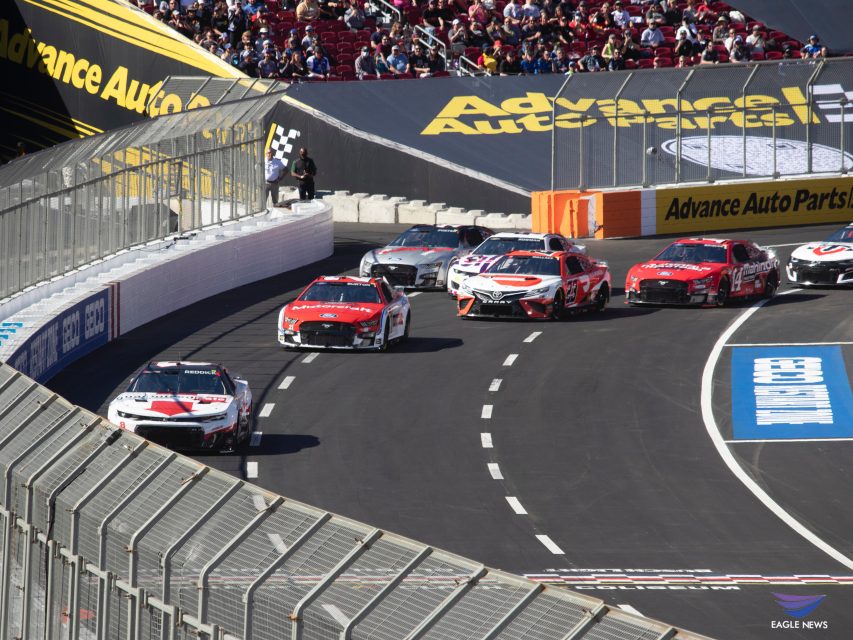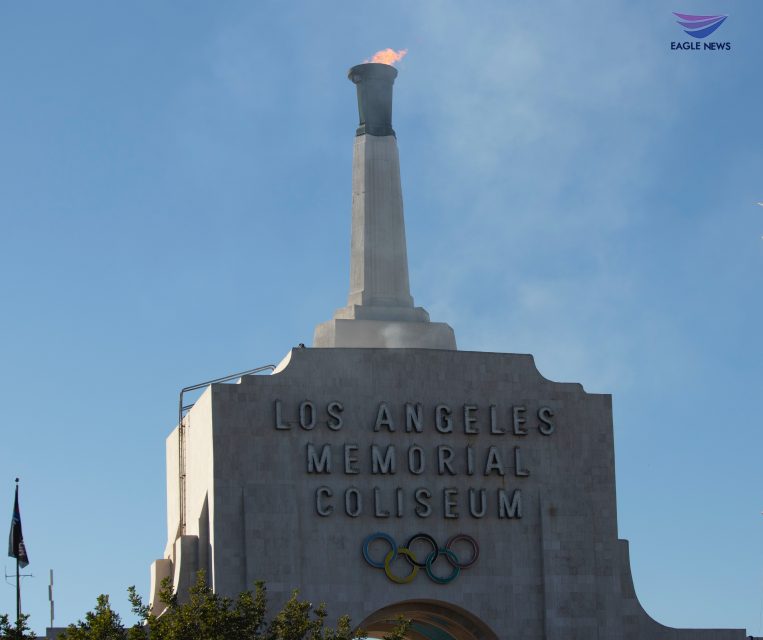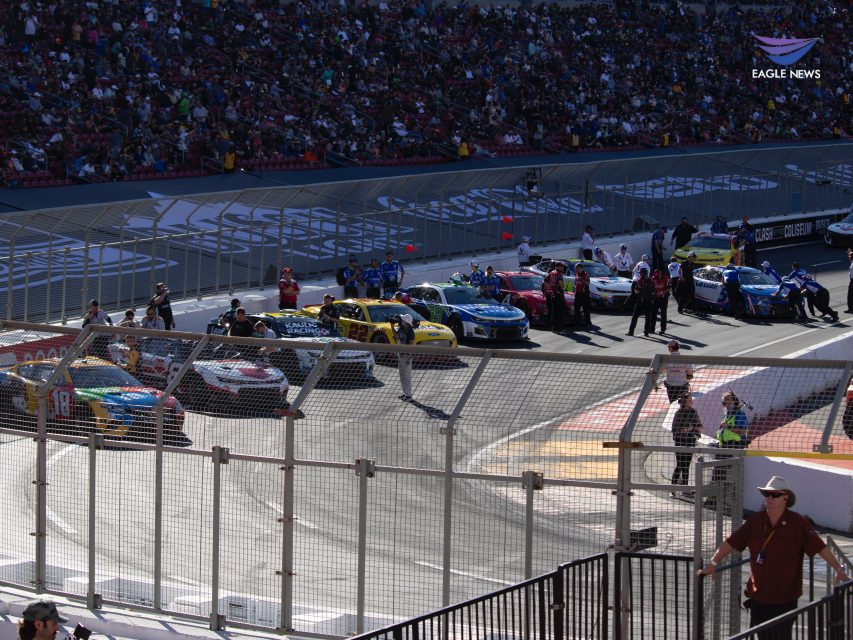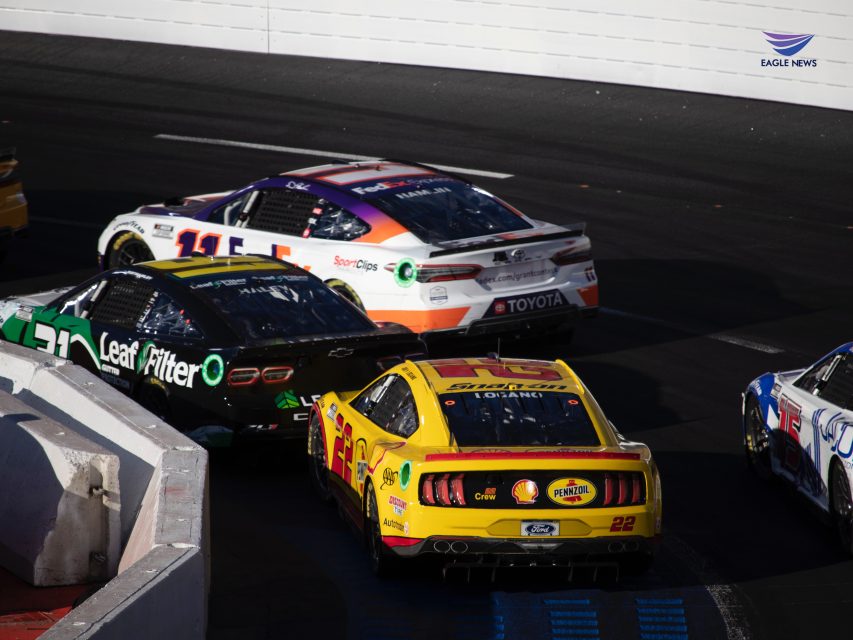By Allen Basallaje
EBC Los Angeles Bureau
(Eagle News) — Some called it the “Great Experiment”, referencing NASCAR’s move to hold its annual preseason exhibition Clash at a site other than the Daytona International Speedway in Florida.
For the uninitiated, Daytona International Speedway can be described as hallowed ground for many race fans, and a setting other than Daytona Beach would have to be a city of the highest caliber with a racetrack of impeccable credentials.

Enter Los Angeles, a no-brainer for any promoter. After all L.A. is the land of glitz and tinsel, the town where celebrities come out to play and where any event worth going to is worth going big for. But with only a short list of feasible racing sites in the Greater Los Angeles area, NASCAR decided that instead of searching for a suitable racetrack, they would just build one. What more iconic location to attempt such an unprecedented feat than at the Los Angeles Memorial Coliseum?
Playing host to world-class shindigs is nothing new for the Coliseum. College and professional football games, mega concerts and two Summer Olympics are among the notable events to have taken place at the Coliseum since its opening in 1923. To pull off a NASCAR race, however, at a stadium, which at heart is a football field, a quarter-mile track was constructed.

The shorter circuit meant the likelihood of bumping and rubbing between cars, an inevitability which played out in lap 115 when #43 Erik Jones bumped the right rear of #12 Ryan Blaney and lap 116 which saw #5 Kyle Larson slide left as he approached the turn to put #31 Justin Haley into the wall.
Two caution flags prior came out in lap 53 with #47 Ricky Stenhouse Jr. getting turned around and in lap 65 with #9 Chase Elliott who also ended up facing the wrong way with the front left of his car connecting with the wall.
In the lap 117 restart, #22 Joey Logano powered ahead, defending his position for the remainder of the race to capture the checkered flag. Kyle Busch finished second, a repeat of his 2nd place Clash finish to Logano in 2017, and Austin Dillon claimed the third position.
This race was especially significant owing to the fact that the inaugural Clash at the Los Angeles Coliseum effectively inducted Logano and Team Penske Ford into the annals of NASCAR history.
Logano accepted his win beneath the Olympic Cauldron which remained ablaze not only throughout the race but also for the live performances of rapping legend Ice Cube and Mr. Worldwide himself, Pitbull.
For one day in February, race fans in California and nearby states enjoyed NASCAR’s yearly Clash without necessarily having to take a flight. Though the track was relatively small, the implications that the event carried are substantial when speaking about the viability of Los Angeles becoming a reliable race venue.
During the post-race press conference, Executive Vice President and Chief Racing Development Officer, Steve O’Donnell expressed his satisfaction with the crowd turnout and further remarked that the Clash in L.A. was “a homerun”.
So, did the Great Experiment yield enough positive results to keep Los Angeles in the running for future races? NASCAR fans will just have to wait until the organization releases their official findings.


Watch the full coverage of the event on Eagle News on Eagle News Live Youtube
(Eagle News Service)
